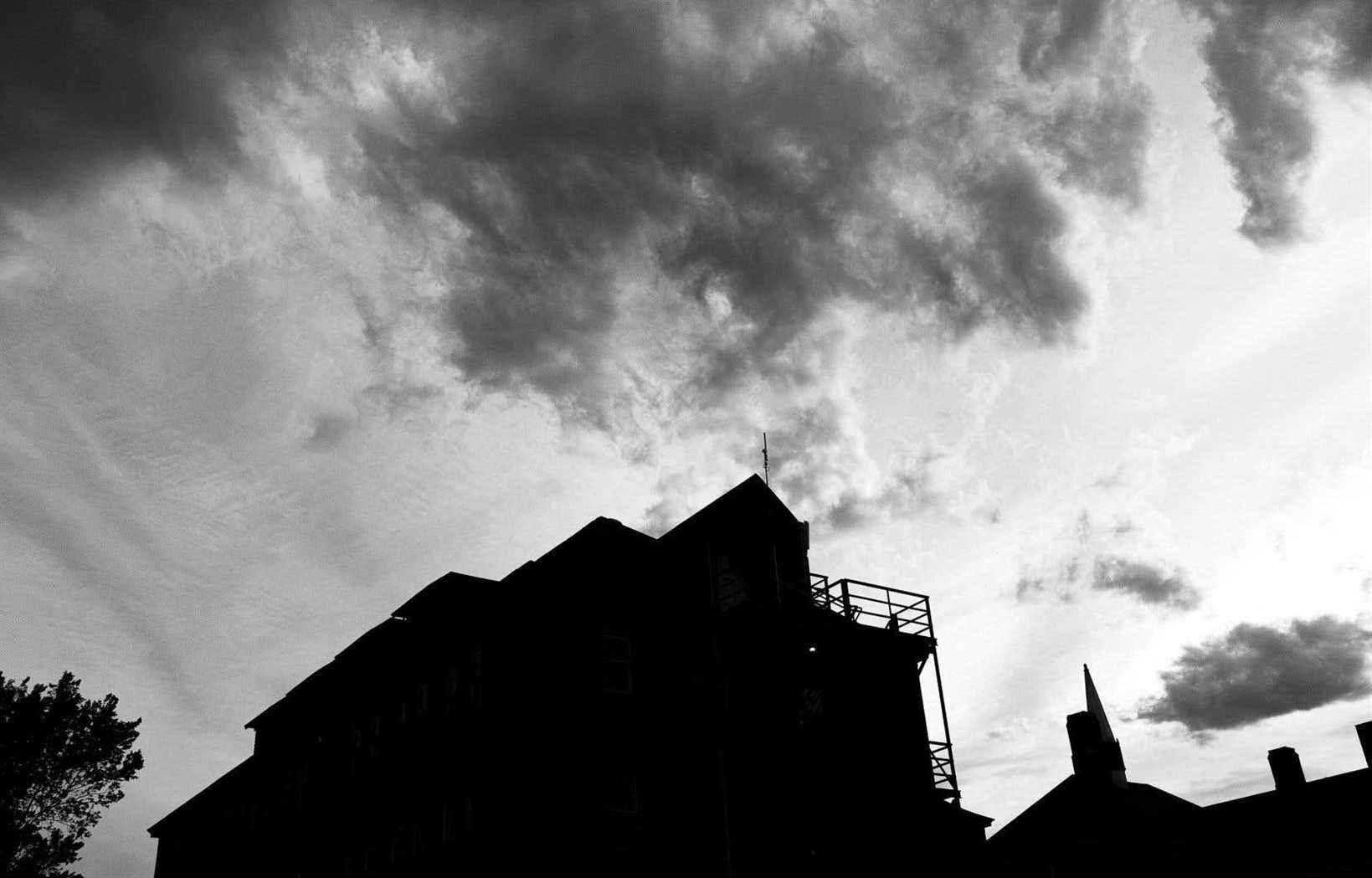The former Kamloops “Indian” residential school is a red brick building. He’s imposing, intimidating. The mere fact of being in front of him creates a feeling of loss of balance. A fraction of the immense vertigo that must have been felt by the native children sent here, by force and by the hundreds, between 1890 and 1978.
He’s been there for decades, in the middle of the Green Mountains of Kamloops, but several residents had never seen him before the end of May, when the Tk’emlúps te Secwépemc community announced the discovery of the remains of 215 children in the field. that it occupies. Canadians live in Kamloops and they did not know the story of this brick giant. We never saw fit to teach it to them.
Some know the story, still others have experienced it and tried to tell it. An image of my photographer colleague Renaud Philippe still upsets me when I see it today. We see the shadow of the cursed building, black, threatening, under a turbulent sky. We see a monster.
The memories of “students” who were sometimes only four years old, of newborns who died before even having reached a month of life, are there on a green poster planted in front of the former boarding school. It is written that the children who came there experienced “extreme isolation and segregation”. I remember wondering if I was going to make it through the front door, then being relieved to find it was locked.
I didn’t have to go there and to so many other places where we weren’t ready to welcome journalists.
There was the house of a member of the secwépemc nation where we were to go for an interview. The man called us after a family reunion. “We think we have relatives buried,” he said on the phone, while our car crossed the green mountains. We turned around.
There was the forest where a mother and her friends wanted to take us “hunting and gathering” (“hunter and gather ”). “We’ve been drumming for days, we need to rest,” she said, changing her mind. We left as she and others watched their daughters hopping in their regalia (traditional clothing). They were doing a healing dance.
In Kamloops, the pain took public form in front of the old boarding school, through the flowers, the soft toys, the songs, the sound of the drums. But on the second Sunday following the discovery of the bodies, June 6, a feeling of heaviness overwhelmed the city.
It is undoubtedly in the private sphere, within families and far from the media, that the suffering manifested itself. How extensive has the distress we could not relate?
In British Columbia, it was explained to me that at one point, in mourning, the Secwépemc regain a part of their soul, that with which a person who has died leaves.
We were told and pointed out that the stories of missing children were circulating in the community. In Kamloops, non-Aboriginals and Aboriginals rub shoulders with each other. The contours of the “reserve” – these lands “held [par Sa Majesté] for the use and benefit of Indians ”* – are not apparent. Horror stories have therefore circulated, over the years, bypassing people and houses. Parallel lives. Facts that do not intersect. Truths that cannot be compared.
This is the word we have been told the most often: truth. Human bodies had been imprisoned in the earth. The Secwépemc had tried to free them by using the word. We did not listen to them.
It took radar searches. ” [Les survivants des pensionnats], they were always told they were worthless. But since the discovery [des tombes], their stories are validated. What they have told all their lives is true, ”BC Residential School Survivor Society director Angela White told me.
How many of their stories, too, have never been told? What is the extent of their pain?
I saw it in the dark eyes and the impenetrable magnetic gaze of elders, here as in British Columbia. That too is difficult to tell.
All the Aboriginals we met across the country greeted us with humanity and gratitude. “Did you come all this way?” Thank you, ”we have often been told. We would have understood the inhospitality. The road traveled appeared to be the least of things.
Some stories turned into words and crossed the pages of the Duty. Others have permeated Renaud Philippe’s lens. Some have remained in our heads, others still have settled in our hearts. There are stories that have certainly bypassed us. In the drama of Kamloops, it is important not to forget everything that has not been told.
* As written in the Indian Act of the federal government.
